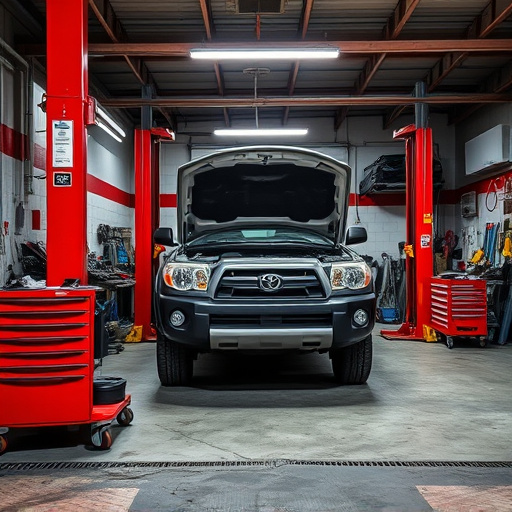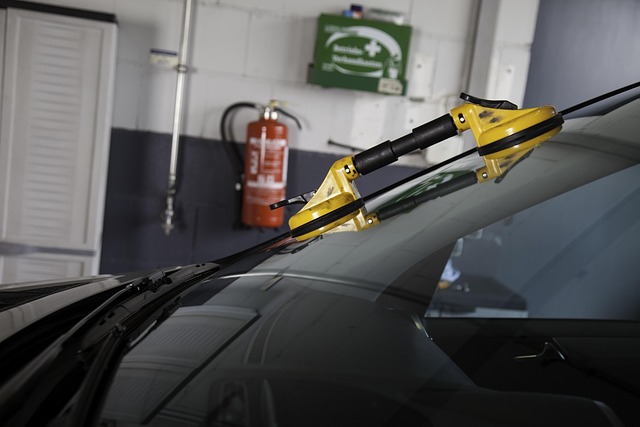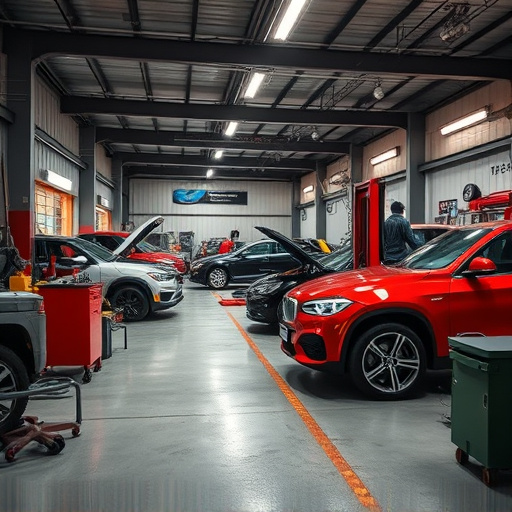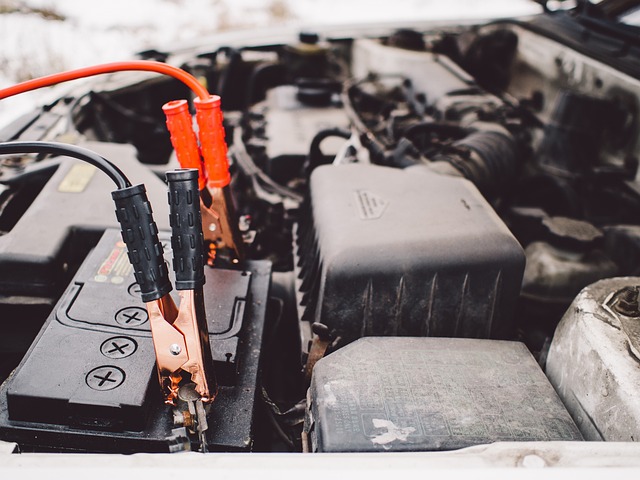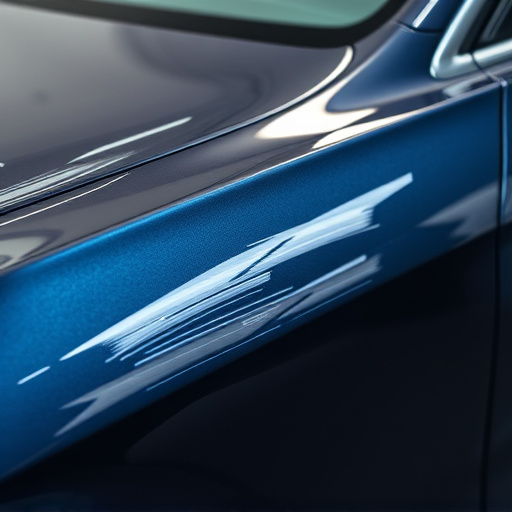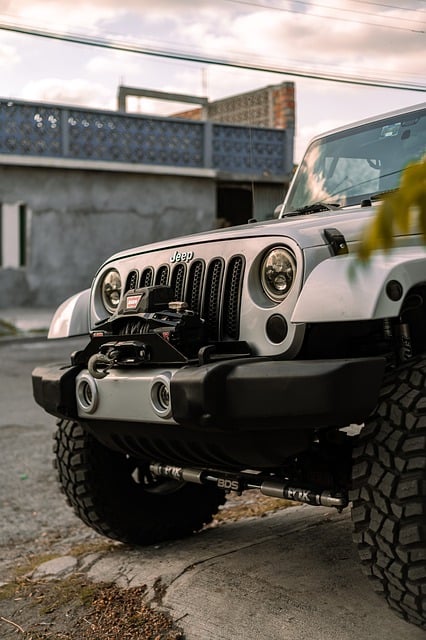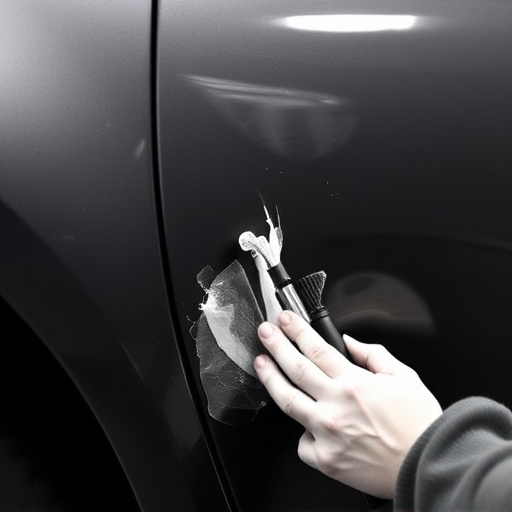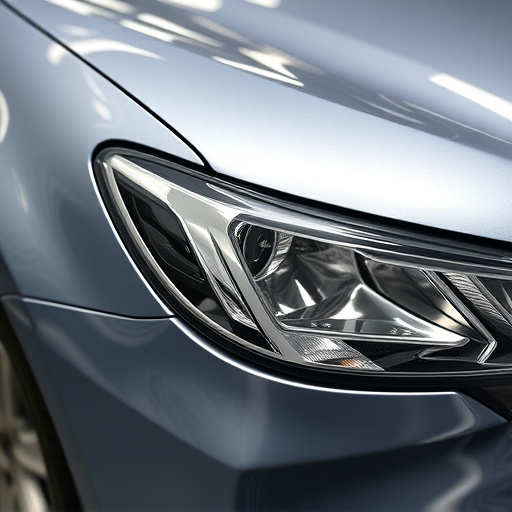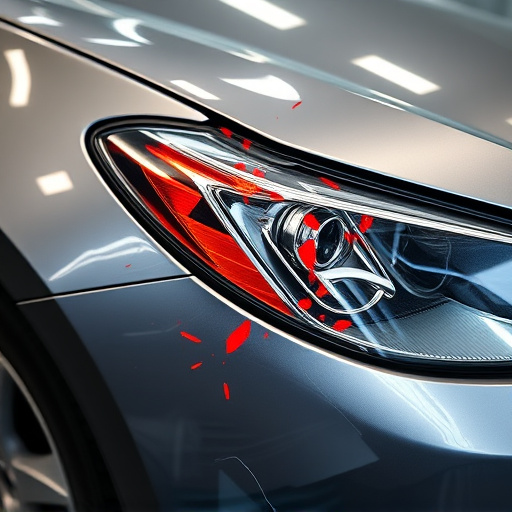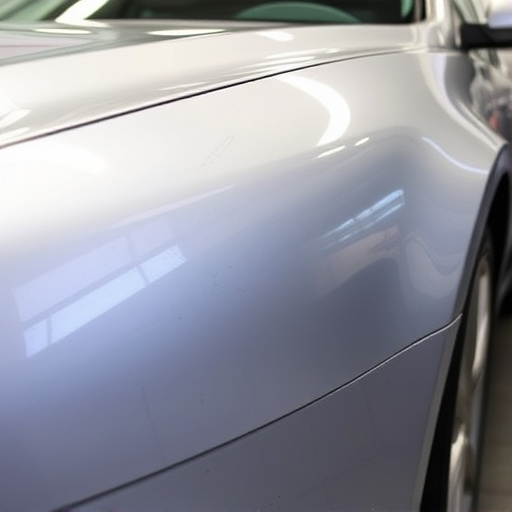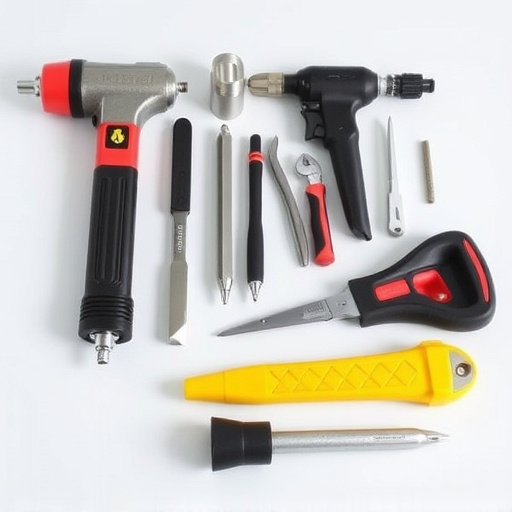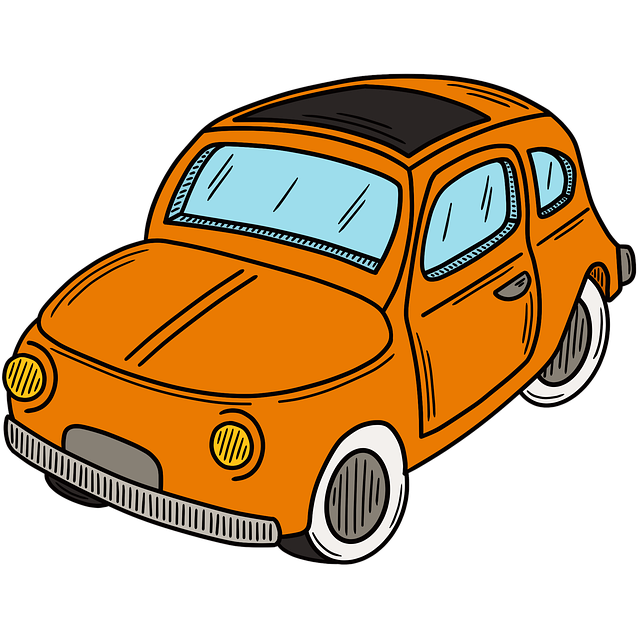Understanding different automotive paint types is key for effective restoration and collision repair, offering distinct benefits from base coats to topcoats. Proper surface preparation, including cleaning, degreasing, and sanding, ensures better paint adhesion. Meticulous application techniques, high-quality equipment, and priming extend the lifespan of repairs for a flawless, long-lasting finish.
In the world of automotive restoration and customization, selecting the right paint type is paramount. This article explores best practices for applying various automotive paint types, offering insights into understanding different paint varieties and achieving flawless finishes. From preparing surfaces for optimal adhesion to mastering application techniques for even and long-lasting results, these guidelines ensure top-notch automotive painting. Discover expert tips on enhancing your skills in this crucial aspect of automotive craftsmanship.
- Understanding Automotive Paint Types
- Preparing Surfaces for Optimal Adhesion
- Techniques for Even and Long-Lasting Application
Understanding Automotive Paint Types
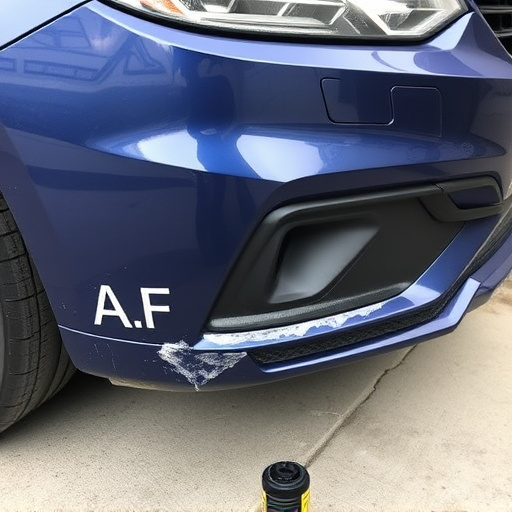
Understanding different automotive paint types is a crucial step before diving into any vehicle restoration or collision repair project. Each type serves unique purposes and offers distinct benefits tailored to specific needs, be it for regular maintenance, touch-ups, or comprehensive fender repairs. For instance, base coat paint provides a smooth foundation, while topcoats offer protection against elements and add the desired finish, ranging from glossy to matte.
Knowing the nuances of these paints is essential in automotive repair, ensuring longevity and aesthetic appeal. Whether it’s a simple dent removal and touch-up or a complete collision repair, selecting the right paint type can make a significant difference. It’s about more than just matching colors; it involves understanding the chemical composition and application techniques to achieve a professional finish that complements the vehicle’s overall condition, enhancing its value and ensuring it stands the test of time.
Preparing Surfaces for Optimal Adhesion
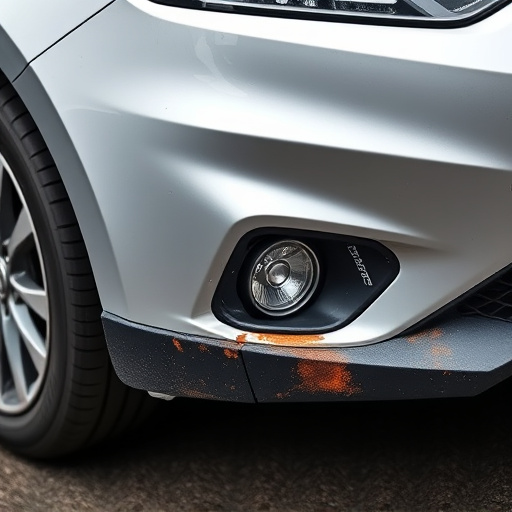
Before applying any automotive paint types, ensuring proper surface preparation is paramount for achieving optimal results in classic car restoration or car body restoration projects. This involves thoroughly cleaning the car bodywork to remove dirt, grease, and any existing debris. A degreaser can be used to strip away residual oils that could hinder adhesion. Sanding the surface lightly with fine-grit sandpaper helps create a rough texture that allows paint to bond better, especially when dealing with older or damaged car bodywork.
For surfaces that require more extensive repair, such as filling gaps and repairing dents in classic car restoration, a primer is essential. It provides an additional layer of protection and prepares the car body for painting by creating a smooth base. This step ensures uniform paint application and enhances adhesion, resulting in a durable finish on the restored car bodywork.
Techniques for Even and Long-Lasting Application
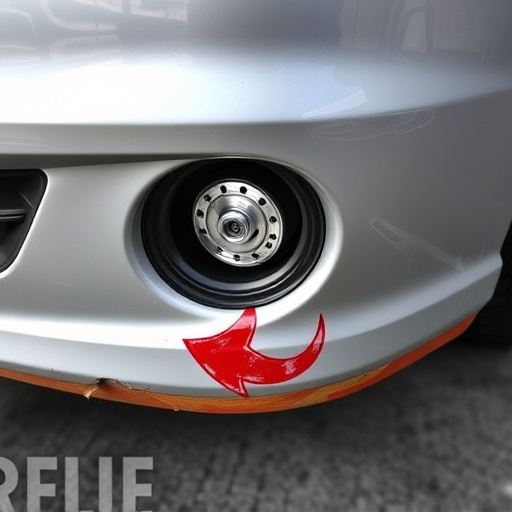
Achieving an even and long-lasting paint job requires a meticulous approach, especially when dealing with various automotive paint types. Professional car body shops often employ techniques like spraying in multiple thin layers, allowing each coat to dry slightly before applying the next. This method ensures an even distribution of paint, minimizing drips and runs that can occur from applying too much paint at once.
For optimal results, collision centers should use high-quality equipment, including advanced spray guns designed for precision. Proper surface preparation is also key; sanding and priming the car body before painting helps create a smooth base, enhancing adhesion and durability. This meticulous process not only guarantees a flawless finish but also extends the lifespan of auto body repairs, making your vehicle look like new for years to come.
When it comes to applying automotive paint types, understanding the nuances of each type and following best practices ensures a long-lasting, high-quality finish. By preparing surfaces properly, utilizing even application techniques, and adhering to industry standards, you can achieve exceptional results that enhance the vehicle’s aesthetic appeal and protect its exterior. Remember, proper preparation and technique are key to achieving a flawless, durable coat of paint every time.
